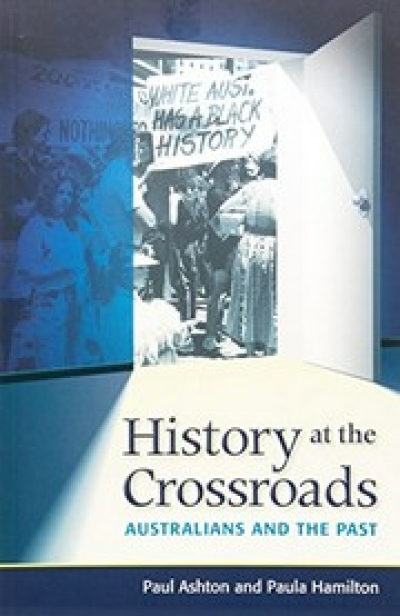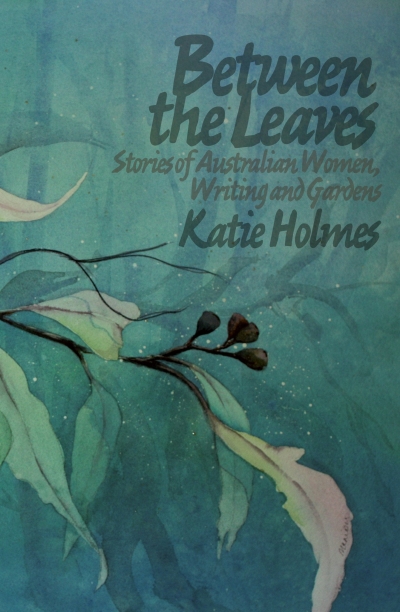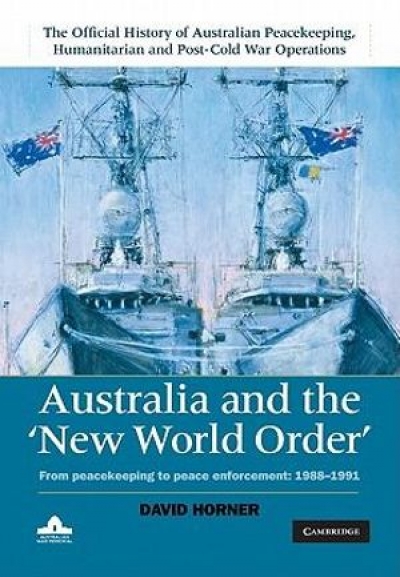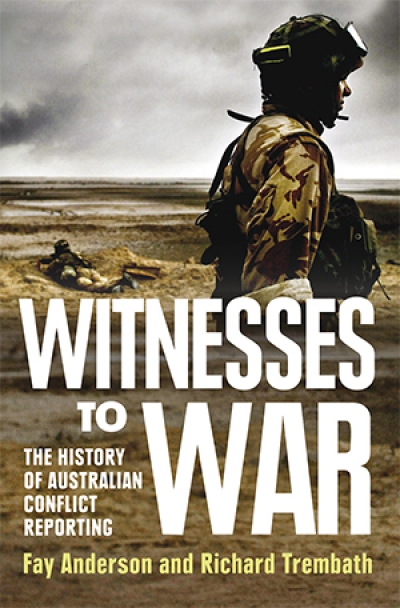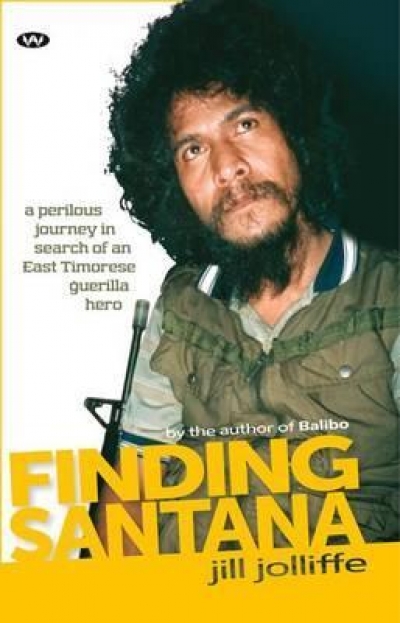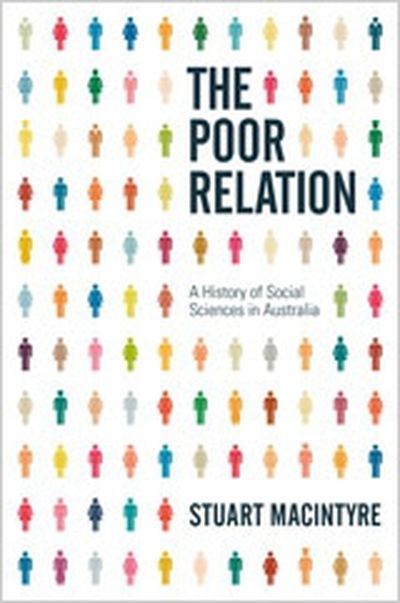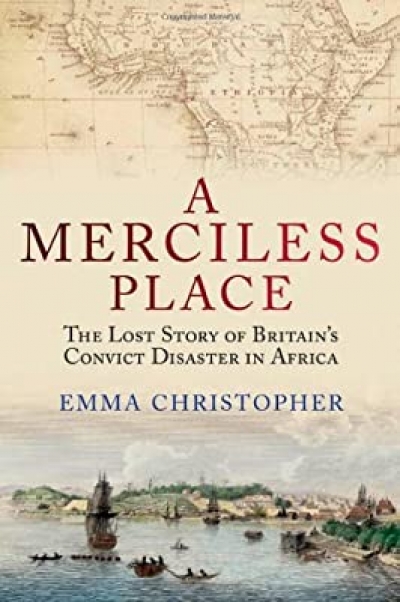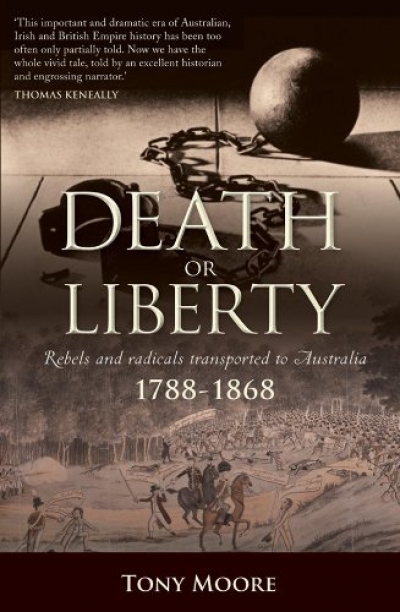Australian History
History at the Crossroads: Australians and the Past by Paul Ashton and Paula Hamilton
'The past is a foreign country; they do things differently there,’ said historian David Lowenthal in 1985, adopting L.P. Hartley’s famous opening line from The Go-Between. Most historians agree, proceeding from the premise that the past is remote and in need of discovery, and that there is no automatic link between people in the present and those in the past. It is a supposition in complete contradistinction to non-professionals’ ideas about the past, according to historians Paul Ashton and Paula Hamilton, directors of the Australian Centre for Public History at the University of Technology, Sydney. For most Australians, history takes place where they ‘feel at home’. That is, it is a domesticated pursuit, consumed in familiar surrounds, and more often than not related most intimately to family and genealogy.
... (read more)1835: The Founding of Melbourne and the Conquest of Australia by James Boyce
The title of this book might, to an innocent observer, suggest a triumphalist history, an impression that could be reinforced by the preface, which argues that the setting up of a squatters’ camp on the banks of the Yarra in 1835 ‘had a significance far beyond the baptism of a great city’, and concludes with the ...
... (read more)Between the Leaves: Stories of Australian Women, Writing and Gardens by Katie Holmes
For historian Katie Holmes, researching and writing Between the Leaves was a journey of discovery and interpretation. In her examination of the records left by nine women – through their words and the signatures they left on the land – the author discovered some of the meanings that writing and gardening held for them. Holmes was also drawn to ways an individual’s story can illuminate a larger picture. Sites of women’s stories are also places where the nation’s stories can be found: ‘Within this book, women’s home and garden belong in history, rather than as a mere adjunct to it.’
... (read more)Australia and the ‘New World Order’: From Peacekeeping to Peace Enforcement: 1988–1991 by David Horner
When the United States recently announced its commitment to enforce a ‘no-fly zone’ in Libya, the State Department spokesman was asked whether the United States was now at war. He could only manage a floundering non-answer. The unfortunate spokesman’s difficulty with this apparently simple question is a reminder of the vast changes in the nature of military conflict in recent decades. Major conflicts are seldom a matter of one state formally declaring war on another, with a largely agreed set of rules on the conduct of operations (sometimes flouted in horrific ways) and with some generally accepted markers of victory and defeat.
... (read more)Witnesses to War: The History of Australian Conflict Reporting by Fay Anderson and Richard Trembath
Witnesses to War, an ambitious book, is part of a larger project by the C.E.W. Bean Foundation to commemorate the work of Australian war correspondents. Fay Anderson and Richard Trembath, setting out to document the performance of Australian war correspondents, have tackled complex material. They deal with an enormous cast of characters and various interwoven themes, including the struggle against military censorship, how journalists have observed their duty to neutral coverage (or not), and the changing technology of reporting war – from sending stories by carrier pigeon or steamship in World War I to today’s live telecasts by journalists direct from battlefields in Iraq and Afghanistan. The book fills an important gap. Until now, Phillip Knightley’s more general work, The First Casualty: The War Correspondent as Hero and Myth-Maker (1975, 2004), has served as the final authority in this field. Knightley is a patron of the Foundation and an important influence.
... (read more)In 1970, at the age of twenty-seven, Alan Frost joined the English Department of La Trobe University. His first love had been the study of poetry, for which he earned an MA at the University of Queensland. That led to a PhD at the University of Rochester, where he wrote on ...
... (read more)On YouTube, the guerrilla fighter Nino Konis Santana is presented Che Guevara style, in fatigues with beret and rifle, against the East Timorese flag. Villagers sing his praises in the local dialect of Lospalos, his remote birthplace. Santana, both a national and a folk hero, holds a revered place in a country which desperately needs unifying symbols. He became the rebels’ operational commander in 1993 after Xanana Gusmão and his deputy were captured, and when Santana died in the mountains in 1998 at the age of thirty-nine, José Ramos-Horta, the rebellion’s voice in exile, declared his death ‘a tragic loss for the People of East Timor’. This was the man journalist Jill Jolliffe set out to find, some four years before his death.
... (read more)The Poor Relation: A History of Social Sciences in Australia by by Stuart Macintyre
During the lead-up to the last United States presidential election, I found myself waiting for a train at the Princeton railway station with nothing to read. I picked up a copy of the student newspaper. Much of it was standard Bush bashing, intermingled with unrealistic expectations of what Obama might achieve. But one sentence in an editorial caught my eye: ‘It is time to end amateur hour at the White House.’ One of the great failings of George W. Bush’s presidency was the neglect of expert advice on the complex issues that faced America during his two terms. Ideology, prejudice and vested interests trumped properly informed judgements based on good research.
... (read more)A Merciless Place: The lost story of Britain’s convict disaster in Africa and how it led to the settlement of Australia by Emma Christopher
Unsurprisingly, Australia leads the world in the production of close-grained studies of convicts sentenced to transportation. Since 1788, it’s what we do. Emma Christopher proves herself to be a crackerjack at tracking down just about anyone who ever stood before an eighteenth-century court. She reels off their crimes, social origins, associates, aliases, lovers, victims, favourite haunts and previous convictions like a bailiff of long experience. What is more, she appears to possess an encyclopedic knowledge of the alleys, lanes and bolt-holes of every city in the British Isles. So stupendous is her talent for conjuring up the atmosphere of the times that most readers will forgive her for too frequently slip ping into the archaic language of the documents she studies.
... (read more)Death or Liberty: Rebels and radicals transported to Australia 1788–1868 by Tony Moore
On the shelves of Australia’s bookshops colonial history follows military history in popularity, though a distant second. While, say, Allen & Unwin has made brave efforts with a succession of books about the convict period – Hamish Maxwell-Stewart’s Closing Hell’s Gates (2008), Babette Smith’s Australia’s Birthstain (2008) or Grace Karskens’s The Colony (2009) – not one (not even Thomas Keneally with his Australians: Origins to Eureka, 2009) has sold as well as Robert Hughes’s The Fatal Shore (1987). Hughes spoiled the Bicentennial celebrations for a generation of scholars, piqued at such a sensational popular book, one that outsold their academic books combined.
... (read more)

